Hello, dears!
I often have people ask me how they can improve they’re photography or if I have any tips for them. So today I thought I’d make a post on one very important tip that often gets overlooked.
It goes along with two other big photography tips:
- Invest in good equipment.
- Learn how to use it well.
- Cultivate a photographer’s eye.
There are plenty of blog posts and articles about the first two, but I haven’t seen many or perhaps any about the third, so I thought I’d address that point today. 🙂
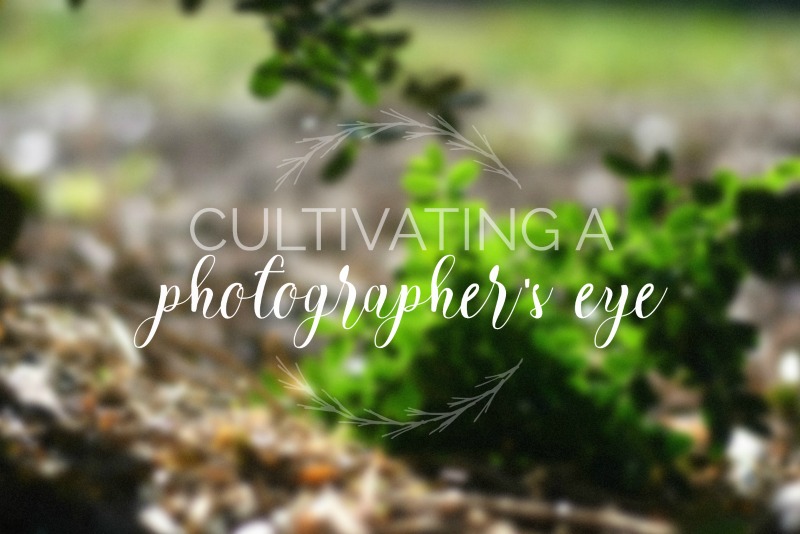
Since each of these points depend in some way on the others, I do want to briefly go over the first two before going into more depth on the third.
1. Invest in good equipment. Notice I didn’t say “buy a DSLR.” I DO recommend buying a DSLR eventually if you’re serious about photography, but you can still take beautiful photos with lower-quality cameras by using the other two tips I mentioned.
You’re going to want to research for yourself, but, briefly, here are my recommendations: For the beginner who wants to get more into photography but isn’t ready for a DSLR, I highly recommend the Nikon Coolpix L840. I had an older model of this camera for years. For things like easy close-ups and stunning sunset photos, it even outperforms my DSLR!
If you’re more experienced with photography and want to invest in a more quality camera, I recommend the Nikon D3400, which is what I currently use. The annoying thing about DSLRs is that you pretty much have to purchase separate lenses if you want your photos to look DSLR-quality. You can take nice photos with the kit lenses (the lens that comes with your camera), but you’ll definitely want to upgrade before long. My favorite lenses are the 50mm and 35mm lenses. Check out Aria’s excellent post here for more information.

2. Learn how to use it well. There are heaps of resources for learning how to work DSLRs, which I highly recommend you check out. You’re not going to progress very far unless you really know how to use your camera, and yes, this means getting off automatic mode and using manual mode. It’s not as scary as you think! This holds true for the Nikon L840 as well. Look up articles, read the instruction manual, and just experiment with all the different settings to open up a whole new layer of mastery that will help you capture beauty well.

3. Cultivate a photographer’s eye. Now, for the final point, which is the main one of this post: cultivating a photographer’s eye. What do I mean by a photographer’s eye? I mean being able to see beauty and potential photography subjects all around you, even when it seems like there aren’t any good photo opportunities nearby. A good photographer is one who can capture any subject in its best light (both literally and figuratively).
Keep in mind that the previous two points are pretty indispensable here – even if you find something beautiful, you’re probably not going to capture it to your satisfaction if you have a terrible camera, or worse, if you don’t know how to use it well. On the flip side, you can have great equipment and know how to use it, but look out the window on a gray day and see no photography opportunities. There are ALWAYS photography opportunities, my friends! That’s what cultivating a photographer’s eye is about.
For instance, I was walking by this bush and noticed the little fallen branch in the sun.

The bush itself was not the most beautiful subject, but I love the colors and light in this close-up!
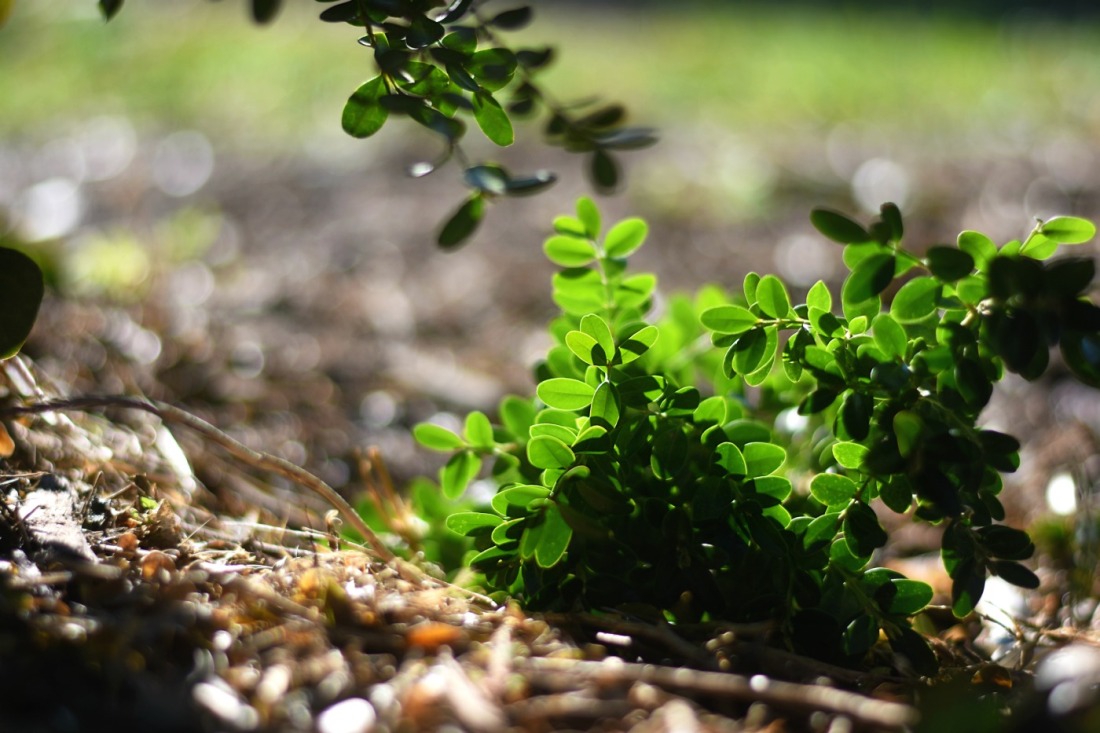
My point is… notice things. Pay attention both to the big picture and the tiny details. Many people will want to take a picture when they see beautiful scenery, even if they’re not photographers per se. And while a good photographer can capture an especially outstanding picture of something like that, you don’t need to work as hard to capture beauty when it’s staring you in the face.
On the other hand, if you think you live in a boring place with no beautiful scenery or photography opportunities, I feel you! Sometimes I see photos of breathtaking scenery or adorable kids or pets and inwardly pout because, “no fair, I don’t have those opportunities. How am I supposed to pictures like that when I just live on a farm and not at the top of a mountain range or beside a beach?”
But guys! Listen. I truly believe there is beauty all around you at this very moment. God has placed you where you are, when you are for a reason. If photography appeals to you, use it as a tool to share the beauty around you with others who will never be at that exact place at that exact time, with the exact lighting and the exact angle that you captured.
Open your eyes, dear, and really look! What can you see? Here are a few elements to be get you started noticing things with a photographer’s eye, along with quick editing tips on how best to highlight those elements.
Light & shadow
Lighting is one of the most important aspects of a photo, if not the most important. The way light falls, whether it’s cool or warm, and whether or not it provides any special effects like sun flares – all these aspects can completely change the mood of your photo.
Golden hour, of course, is a much-loved example of the way the type of light can make almost anything beautiful. Also be on the lookout for interesting light patterns and the way the color and tone of light transforms a subject. Try moving your camera around to get sun flares, backlit photos, or sparkly bokeh.
Editing tips: if you’re working with yellow-toned or golden hour light, increase the temperature and saturation of the photo to accentuate warmth. If you’re capturing the structure/pattern of light or the way it falls, try a calm, low-key filter, or black and white.
light & shadow photography
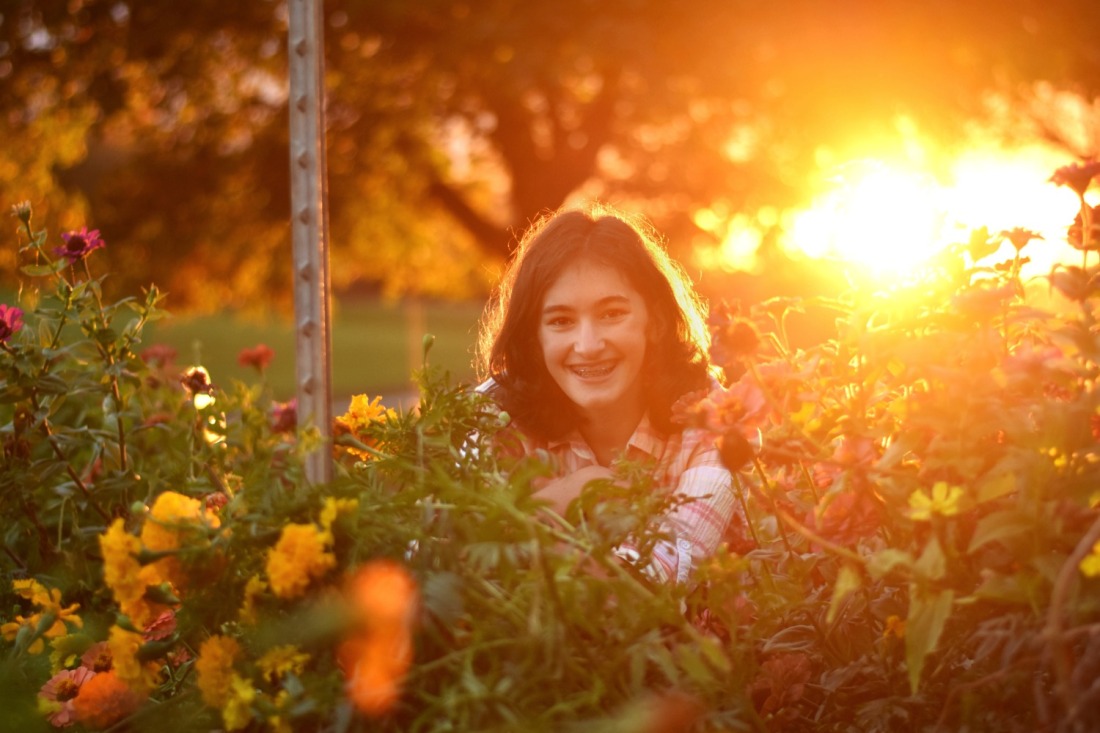



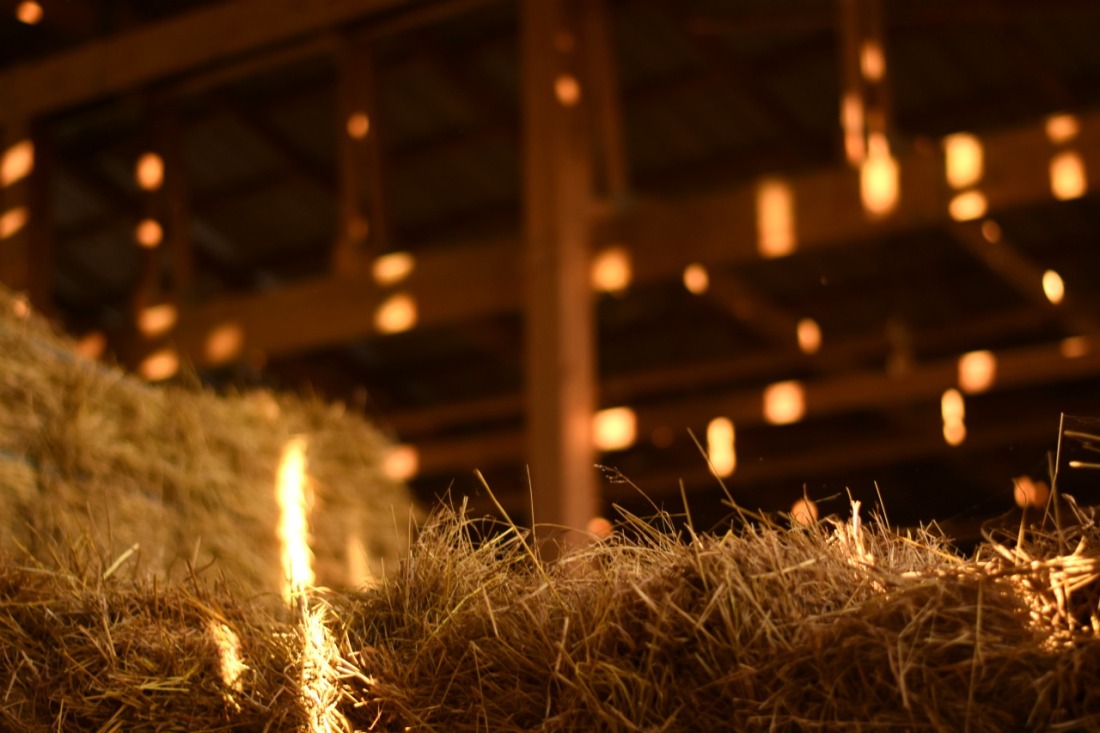

Color
Sometimes the color of a subject (or lack of it) is enough to compose a good photo. Look for hues and shades that stand out from their surroundings, or go together well.
Editing tips: make colors pop by upping the contrast and saturation.
Color Photography
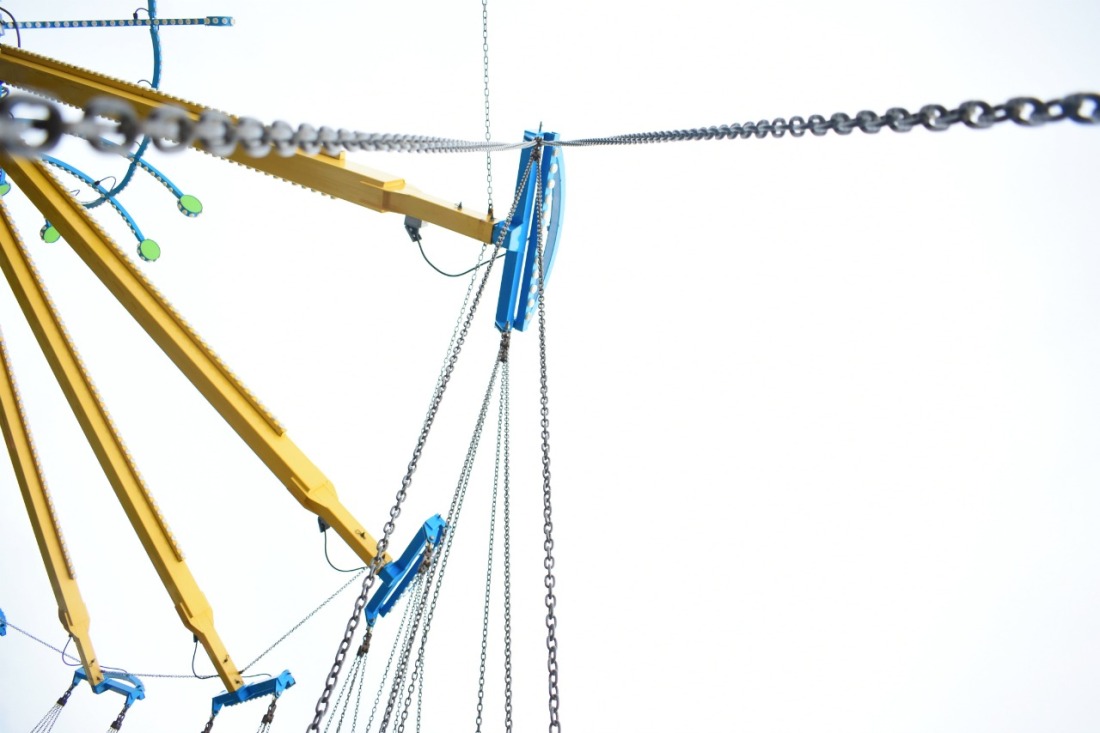

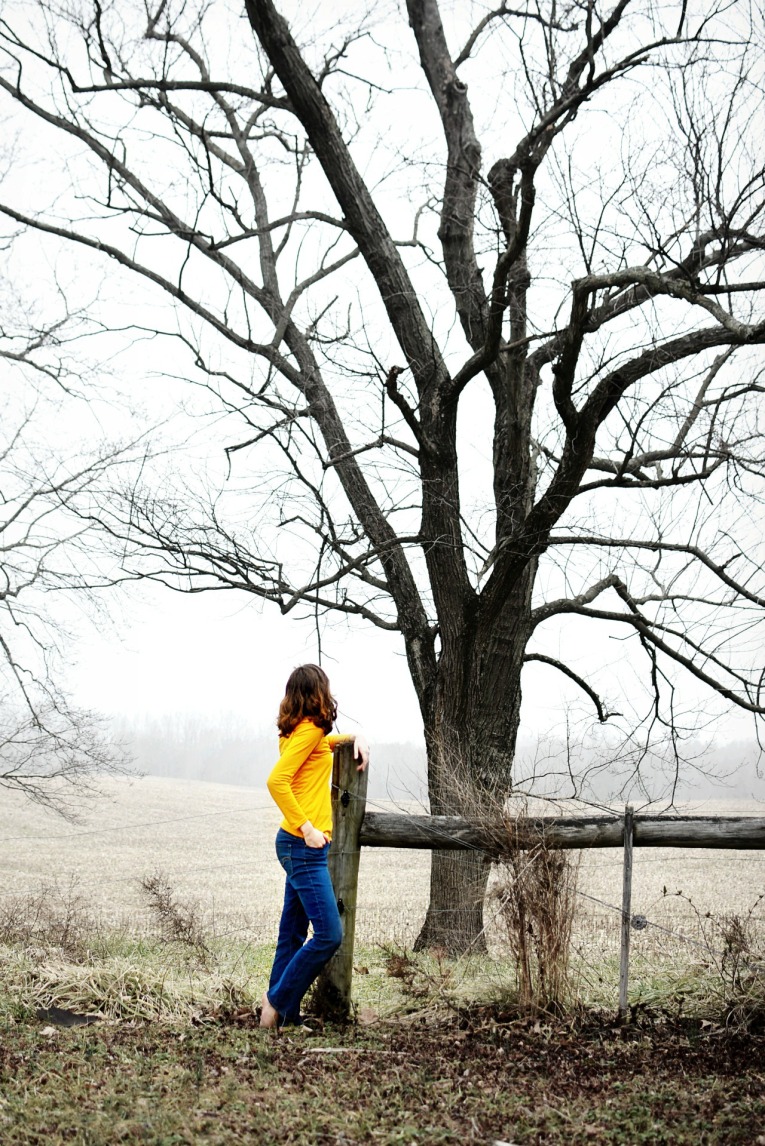


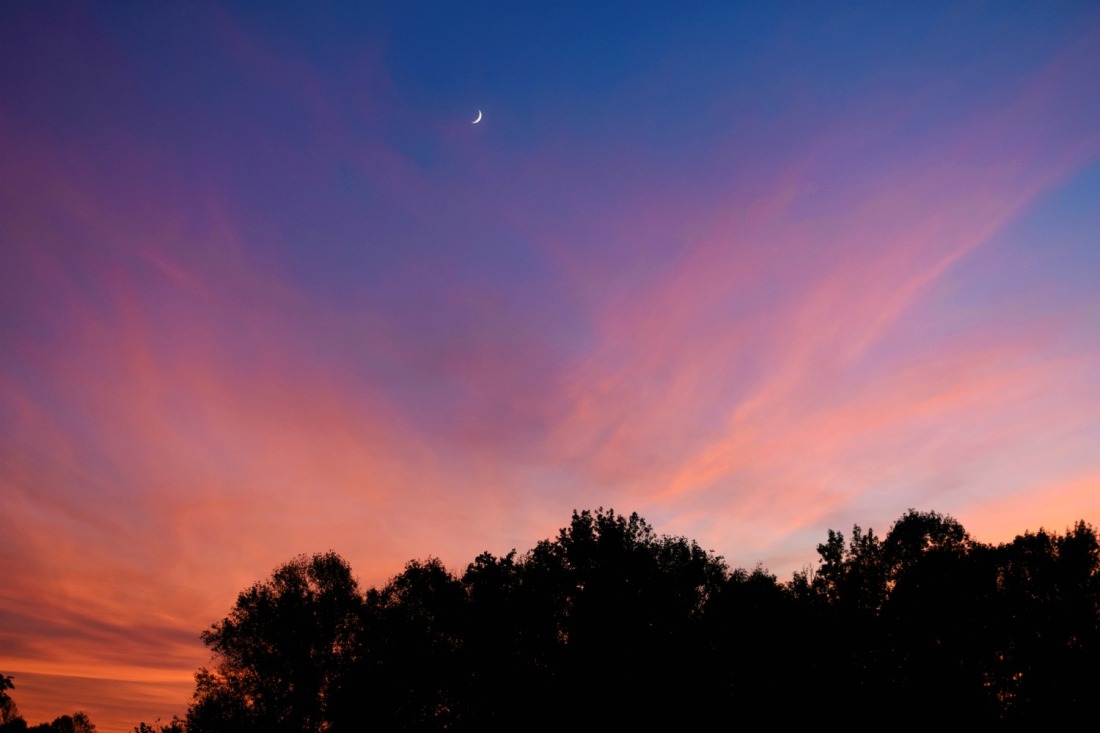
Texture/Structure
Even if the color or lighting is boring, you can often compose an interesting photo by looking at the texture of your subject, the structure of a building, or other patterns around you.
Editing tip: highlight texture with a black and white filter, high contrast, or sharpening.


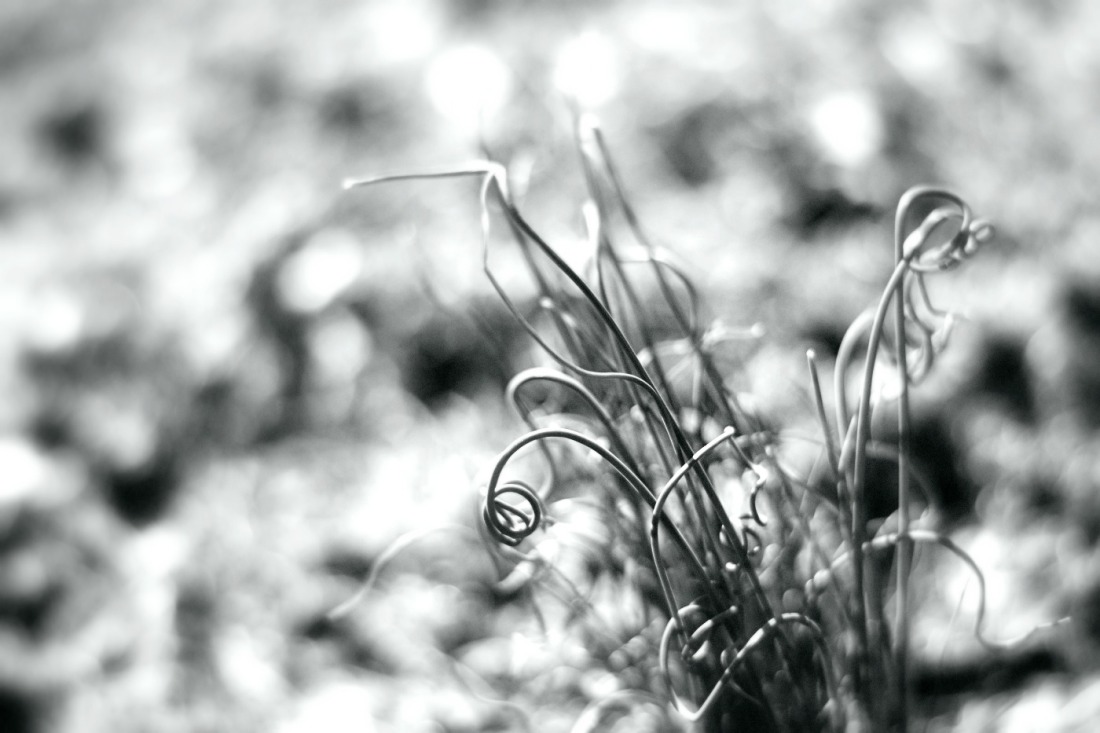


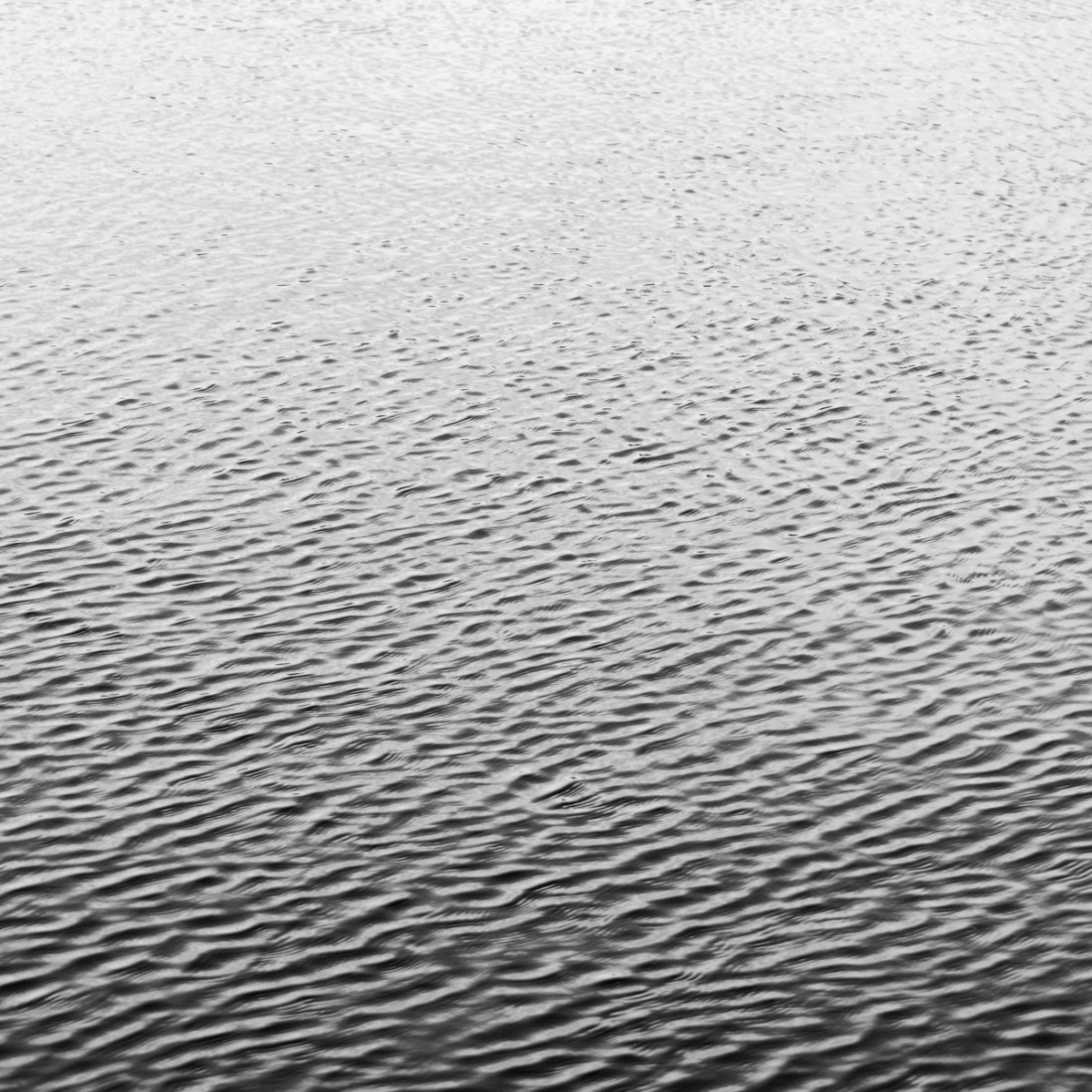
And there you have a few of my photography tips! Of course there are SO many other things to look for and notice when cultivating a photographer’s eye, but hopefully those gave you something to start from. 🙂
What element are you most drawn to in photos? (Color, light, texture, etc.) What tips do YOU have for cultivating a photographer’s eye?
Thanks so much for reading, dears, and have a lovely day!
***Allison***
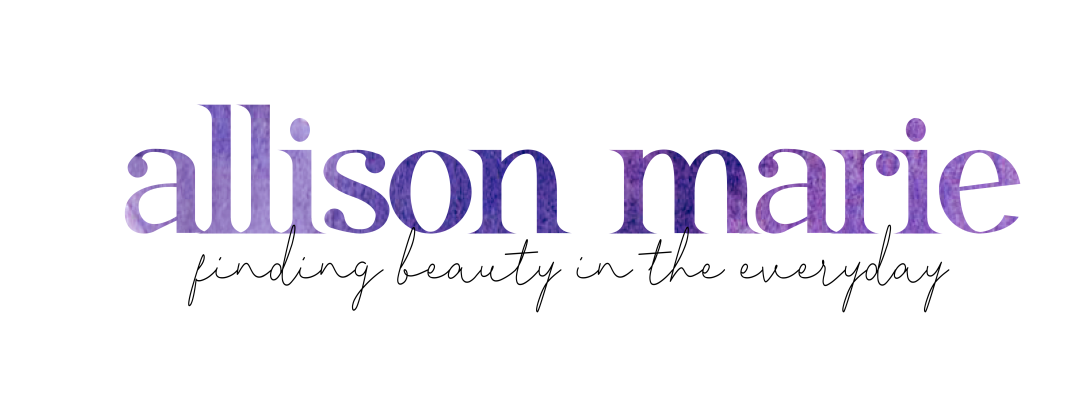

Thanks for awesome tips dear😀🙏🏻
LikeLike
Of course! My pleasure. 🙂
LikeLiked by 1 person
Oh my goodness! I really needed a post like this! For the past few months I’ve really been trying to improve my photography. The camera I have is a really old one though, a Lumix. Thanks for the tips!
LikeLike
Wow, yay! I’m so glad this was helpful. Have fun taking pictures! 😀
LikeLiked by 1 person
Sarah, try Canon 7D. I use it everywhere. No issues so far. Might want to invest in good lenses.
LikeLiked by 2 people
Ok, thanks for the recommendation! I’ll look into the camera. Might need to save up first though XD
LikeLiked by 1 person
You are an extremely gifted photographer!
LikeLike
Aww, you’re so sweet. ❤ Thanks, Laura!
LikeLike
Great post! Thank you for the tips 🙂
LikeLike
Thanks, Christina! My pleasure. 🙂
LikeLiked by 1 person
I realy like the Canon Rebel SL1. I think that it is a good entry level DSLR and have been very happy with it. Do you use RAW image editing, or do you edit your jpg’s? What program do you use for editing?
LikeLike
I’ve heard great things about the Canon Rebel! It seems comparable to my D3400. I’ve taken photos in RAW a couple of times, but generally I just take jpegs and edit them with picmonkey.com. 🙂
LikeLike
Ok. Does picmonkey require a subscription?
LikeLike
Sadly it does. It used to be free, but no longer. I think it’s worth the money, though!
It used to be free, but no longer. I think it’s worth the money, though!
LikeLike
Ooh those are some great tips! I love golden hour photoshoots!
LikeLiked by 1 person
Thanks so much, Hannah! ME TOO!
LikeLiked by 1 person
Ahhh these tips are lovely! And these photos are lovely! 😀 Thanks Allison- gotta try these soon. XD
LikeLike
Hurrah, I’m so glad to hear that, Jo! 😀
LikeLike
My overall tip is Manual Focus. Auto is ok, but with every camera I have used, Niki, Fugi or Canon, Manual Focus was a huge amount crisper.
LikeLike
Thank you for the tip, Clay! I’ll admit I don’t use manual focus all that much unless I’m having trouble with auto focus, or if I’m using my macro lens.
LikeLike
okay, I’ve been trying to find ways to become a better photographer, knowing how to use a camera, etc. etc. our post was super helpful, and I lovelovelove the bokeh effect pictures. they’re the definition of dreamy!
LikeLike
Hurrah, I’m so glad this post was helpful! And thank you – I love the bokeh too. 🙂
LikeLiked by 1 person
Awesome Tips, Allison! I’m going to have to get a macro lens for my camera because I ADORE close-ups. Your photos are beautiful!
-Jewel
https://treasuredscript.com/
http://www.dollnotebook.com/
LikeLike
Thanks so much, Jewel! You totally should – it’s so much fun!
LikeLiked by 1 person
This was such an awesome post Allison! 😀 I feel like I could be a pro now with this advice. XD You know, if I had enough time and money to focus more on photography. 😛 But I love seeing your posts like this! The lighting and everything is always so beautiful in your photos! 🙂 ❤
LikeLike
Ha ha, well YAY! I’m so glad it was helpful! And aww, you’re so kind. ❤ Thank you!
LikeLike
These were great tips, and so well thought-out! You did such a great job, dear! Also, the 50mm and 75mm? Don’t you mean 35mm?
LikeLike
Hurrah, thank youuu! Oh WHOOPS! Yeah, I’d better change that. 😉
LikeLike
Wow, those pictures are gorgeous! I love taking photos too, especially of wildlife! I love Robert Irwin’s photography! He’s the BEST.
LikeLike
Thanks so much! Ooh, I haven’t heard of him, but perhaps I’ll have to check out his photography. 😉
LikeLike
His photos are sooo good! I love them!
LikeLiked by 1 person
This is so helpful! You are so good at photography. 😊
LikeLike
Aww! ❤
LikeLiked by 1 person
Ahhh yes I love this so so much! Unfortunately the card in my Canon Rebel broke, so I’m unable to photograph for a long time. I do love going outside and getting to take photos! It makes me feel so in tune with God and His creation. 🙂
(Your letters are finished! I’m mailing them this week.)
LikeLike
Whoops, I thought I’d already replied to this! Anyway, I’m so glad you liked this post! Ugh, that’s frustrating. Hopefully you can get a new card soon. Yes, same here! (Also YAY, I can’t wait!)
LikeLike
I shouldnt have read this-now in eyeing up cameras that I probably don’t need!!it was a great post though! I love photos taken from angles that you don’t normally see things (for example from underneath plants or looking directly down at a tree)
LikeLike
Ha ha! XD Oh dear. Yes, I love experimenting with angles too! Great tip. 🙂
LikeLiked by 1 person
Thanks for sharing your talent.
LikeLike
Aww, my pleasure! Thank you for reading!
LikeLike
Beautiful pics! And very helpful tips!! Thanks!! 🙌❤️
LikeLike
I’m so glad you found this useful! My pleasure. 🙂
LikeLike
That is so true, Allison. Having an eye (what you call as a photographer’s eye..!!) for the subject is equally important. Composition comes next. This article has doubled my read while I am also reading various books on photography (a good refresher), 3 completed last week and one just started. Taking a few notes as I read and would like to publish them sometime on my blog. I want that post to be more visual (explanations illustrated) that text. Let’s see how it comes up. Your subjects have been a great choice though.
LikeLike
Yes! You’re right, composition is very important as well. Thanks for reading, and I hope you enjoy learning more about photography!
LikeLiked by 1 person
Thanks Allison. I am certainly gaining insights. Now’s the time to implement.
LikeLike
🙂
LikeLike
Really good post – great tips and amazing pics!
LikeLike
Why thank you!
LikeLike
Wow, this is an incredible post – what a great idea! I think your tips are going to help a lot of people – they were definitely a great reminder for me. 😀 I’ve been working a lot to try to capture things with unique angles/lighting instead of just going with my first instinct when it comes to capturing a subject. 🙂 To answer your question at the end of the post, I think the element that I’m most drawn to in photos is light – how about you?
-Clara ❤
LikeLike
Aww, thank you! The idea just popped into my head one morning. 😛 Ooh, that’s a great thing to try! Angles are another good point to add for cultivating a photographer’s eye. YES, I agree with you – if the light is pretty enough, I’ll like the photo pretty much no matter what the subject is. 😛
LikeLiked by 1 person
Good tips, Allison! I agree the lighting is so important to photography. I still have so much to learn about it, and I hope to check out some photography books from the library this summer so I can improve. I have found that taking design and art classes have strengthened my sense of composition and perhaps color, as well. 🙂
LikeLike
Thanks, Sassafras! YES, definitely. Ooh, I’ll be that’s true! Art and photography have a lot in common.
LikeLiked by 1 person
You’re welcome! Yes, it’s exciting to see how photography and other forms of art intersect, especially graphic design. Also, my love for all these different art forms can unfortunately be overwhelming, since I want to learn about them all. It’s fun, anyway. 🙂
On another subject, did you receive my email from a little while back? I sent it a couple weeks ago (during my spring break), so I just wanted to make sure you got it. 🙂
LikeLike
I agree! Ha ha, but I understand that too – there are so many things to learn! XD
Hmm… let me check. OH, whoops! I remember reading it and thought I had replied a long time ago, but it doesn’t look like I did after all. Or else it didn’t go through again. :[] I’ll try to reply soon!
LikeLike
Curious to know what XD stands for?
LikeLike
Ha ha, good question! It’s a laughing face emoji (the “X” is closed eyes and the “D” is a big smile). WordPress used to translate it into an emoticon like 🙂 , but not anymore.
LikeLike
Hahaha….I thought that it is some kind of an acronym like LoL, IMHO (which I found out only in Australia)…!!
LikeLike
Ha ha, yeah! Acronyms are so confusing… I try not to use them much for that reason, and I should probably use emojis less too, heh.
LikeLike
Hello! I cannot use these filters because i use a canon ixus 190. anything i could do without the micro lenses?
LikeLike
Good question! To get close-up photos with a regular camera, you can crop your photo after you take it to zoom in. Sometimes you can do that in your camera, or you can also do it on free editing sites like https://www.canva.com/photo-editor/ . Hope that helps! Before I had a macro lens, I cropped my photos for “mystery photos” posts I used to make, like right here: https://afarmgirlslife.com/2016/04/19/mystery-pictures-7/
LikeLike